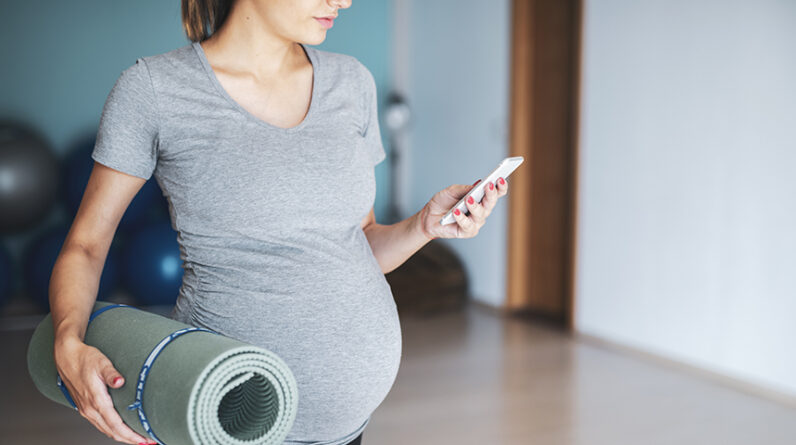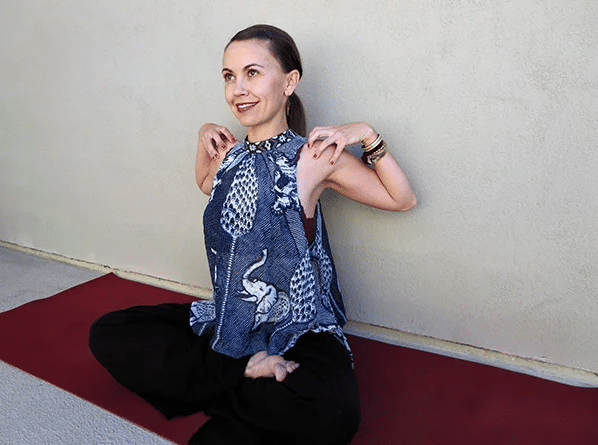
Staying active throughout pregnancy is hugely beneficial for both mom and baby.
For example, studies have found that regular exercise may help control blood pressure — a major concern during pregnancy — and can shorten labor and reduce the need for a Cesarean delivery.
One study noted that newborns whose mothers exercised during pregnancy showed improved heart health and reached movement milestones earlier than the babies of women who were inactive.
Those researchers concluded that activity during pregnancy may even potentially reduce the childhood risk of obesity since it gets kids moving sooner and sets them up for an active life.
But that doesn’t mean all exercise is appropriate in all trimesters.
Here’s a quick guide to working out during pregnancy, including exercises to consider and some to avoid.
Consider: Trimester-Specific Workouts
Over the course of 40 weeks, your body will change considerably, so your workouts will need to be modified along the way, says BODi senior fitness director Elanit Friedman.
For example, in the first trimester, you’ll want to avoid twisting or sudden, jerky movements, which can put additional stress on the joints, she says.
After the first trimester, you’ll probably find it’s uncomfortable to lie on your back.
“The pressure of the enlarging uterus, when in a supine position, can restrict venous flow,” says Friedman. “This can cause dizziness, nausea, or shortness of breath. Make sure to avoid all supine sit-up exercises.”
Avoid: Quick Directional Changes and Overexertion
No matter what trimester you’re in, the shape of your body and center of gravity will be changing, Friedman says. As pregnancy progresses, that can increase your risk of falls.
“Never put the abdomen at risk of trauma,” she says. “Just slow it down and move wisely.”
Slower movements also help you keep within a good rate of perceived exertion, she adds.
Avoid holding your breath during activities and make sure you’re not overexerting yourself. Friedman says there’s a simple way to keep track of this: just try talking.
“You want to be able to hold a conversation while exercising during pregnancy,” she says. “If you can’t, you may be working a little too hard.”
Consider: Pregnancy-Specific Workouts
Walking, swimming, and low-impact group fitness classes are activities that can be done at any point in your pregnancy.
During the second and third trimesters, look into pregnancy-specific workouts.
For example, yoga is a great choice for staying mobile and flexible, but some poses can put pressure on the abdominal region.
That’s why it’s worth following classes specifically designed for each stage of pregnancy.
The best pregnancy workouts are geared toward keeping you active safely.
They also make exercise fun and uplifting, rather than making it one more task on your already long daily to-do list during pregnancy.
Avoid: Extreme Sports and Hot Yoga
Certain exercises inherently have a higher risk profile even when you’re not pregnant, says personal trainer and group fitness instructor Amanda Katz, CPT.
That can include skiing, mountain biking, horseback riding, speed skating, and even extreme conditions like hot yoga, she says.
Avoid those, along with any that involve major changes in altitude, during pregnancy.
“And, of course, always speak to your doctor before starting any exercise program,” says Katz. “That helps ensure you’re moving in the safest way.”
Consider: Barre Blend
Pre & Post Natal Barre Blend is another great option during pregnancy.
This comprehensive program features safe, effective, low-impact workouts designed to optimize every phase of pregnancy and the transition to the postpartum phase.
The program combines elements of ballet barre, Pilates, and cardio interval training in over 20 simple workouts that maximize results without a huge time investment — a big plus especially when you have a new baby!







